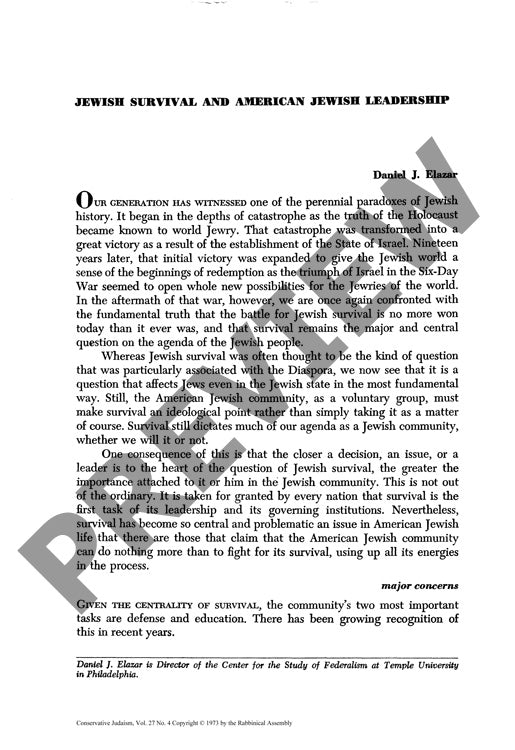Jewish Survival and American Jewish Lead
Couldn't load pickup availability
In the decades following the Holocaust, Jewish survival emerged as the central organizing force reshaping American Jewish communal life and leadership structures. Through historical analysis and institutional assessment, Elazar traces how existential concerns transformed decision-making hierarchies and organizational priorities within American Jewish communities from 1945 through the early 1970s. Defense and education became paramount survival tasks, with Israel advocacy gaining prominence after the 1967 Six-Day War. This shift elevated federation and United Jewish Appeal leaders who championed Israel's cause, while traditional social service directors saw their influence decline as their institutions grew increasingly secular. Centralized fundraising mechanisms proved crucial in determining organizational power dynamics, allowing federations to extend their influence across multiple domains of Jewish life. While Israel has become the cardinal principle of contemporary American Jewish identity, the research suggests this foundation alone may be insufficient for sustaining vibrant Jewish communities without reconnecting to sacred traditions and spiritual purposes.

More Information
-
Physical Description
-
Publication Information
Published 1973
ISBN
-
Publication Credits
Daniel Elazar

